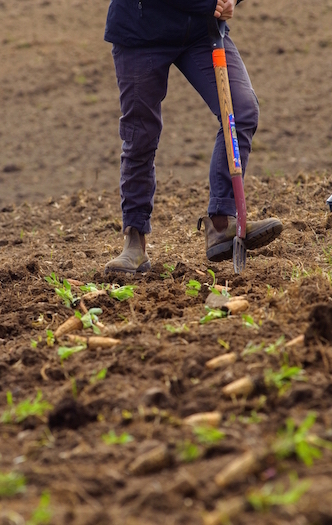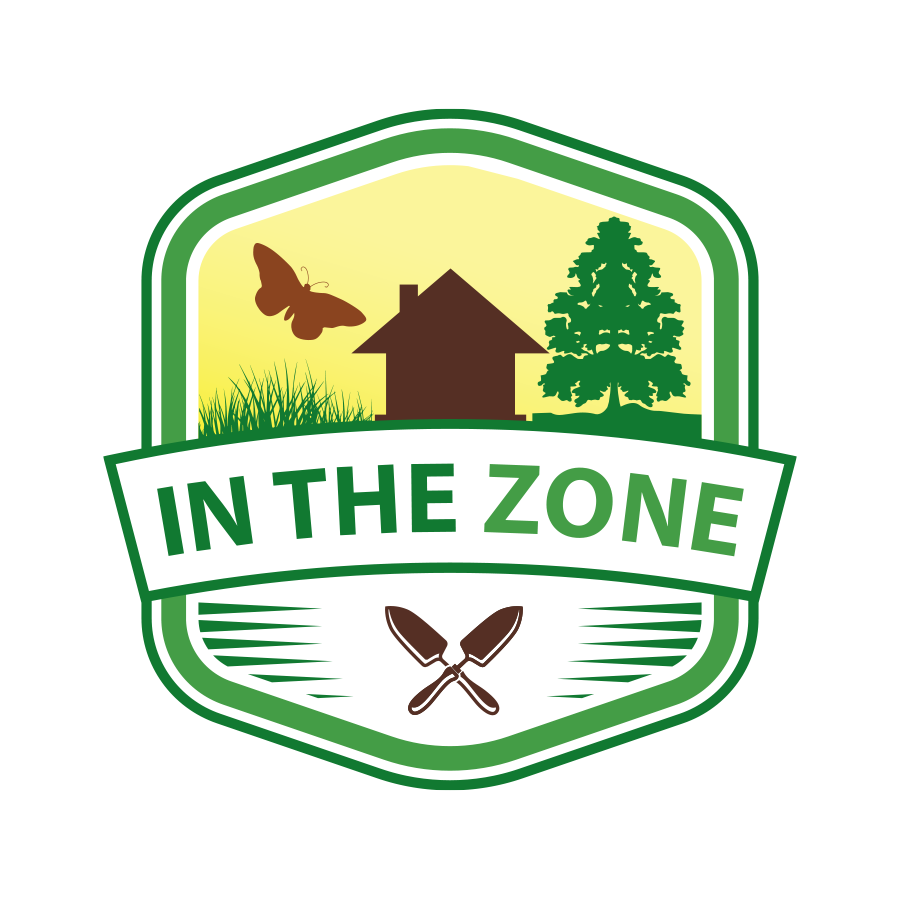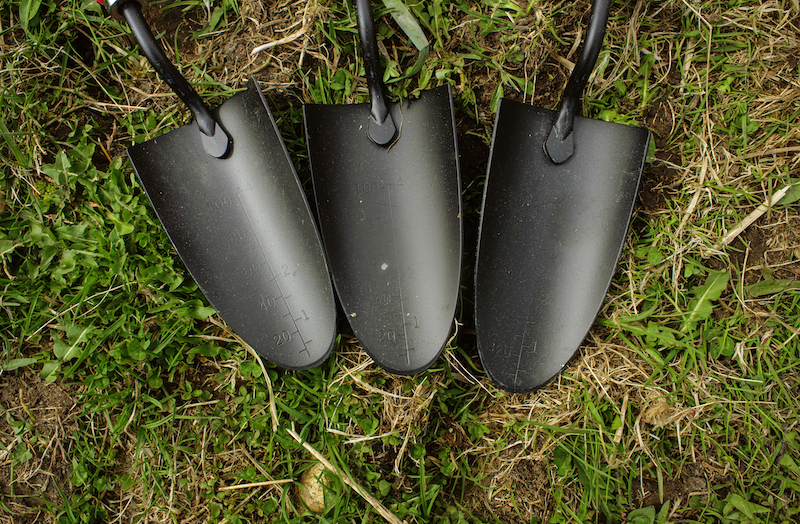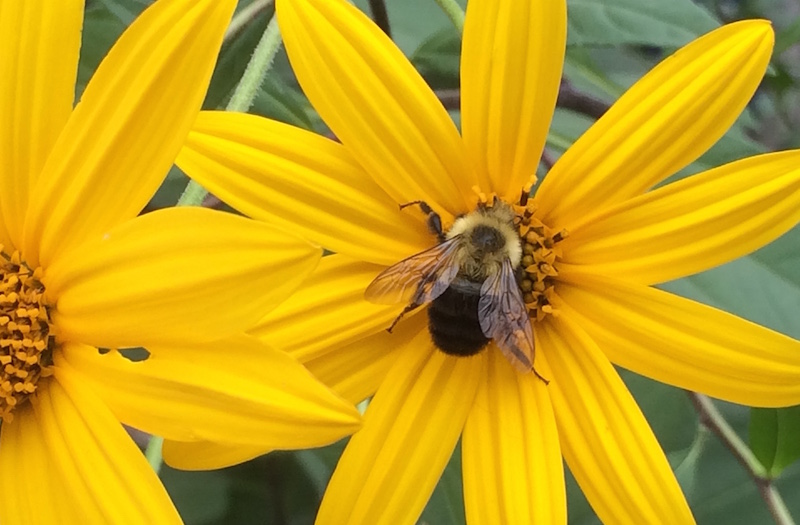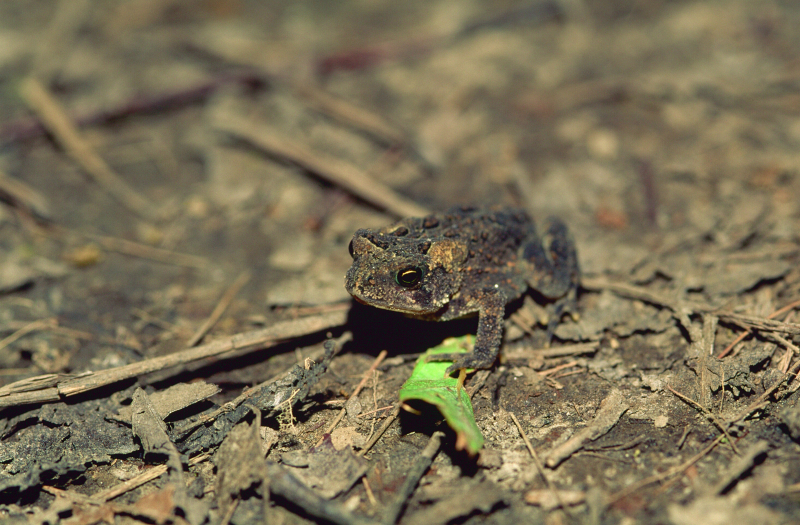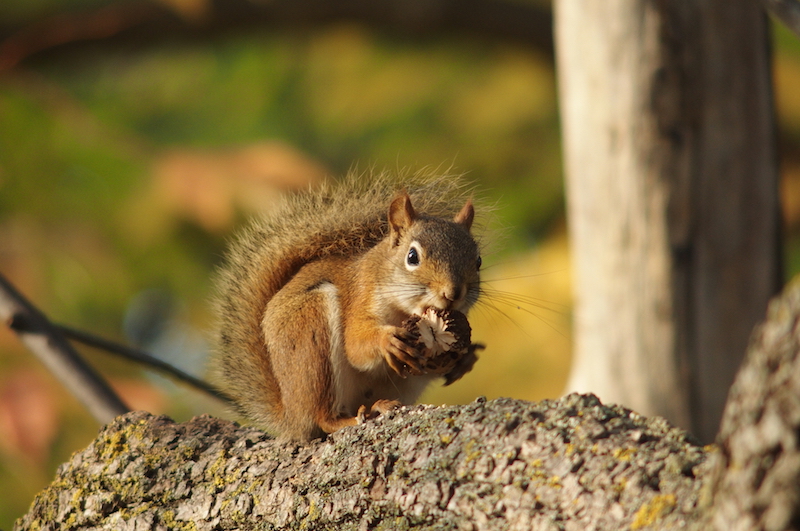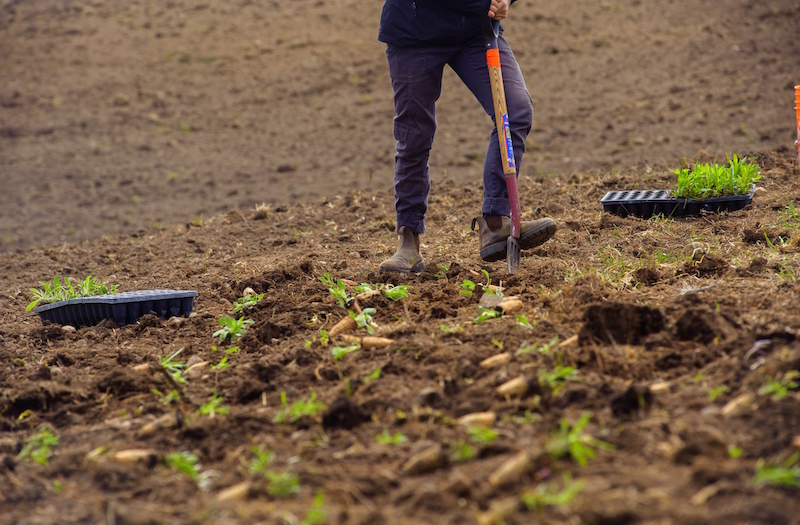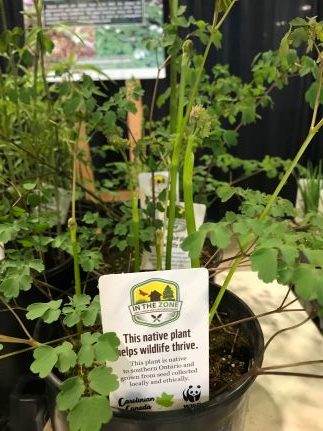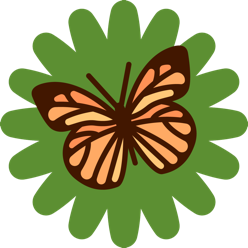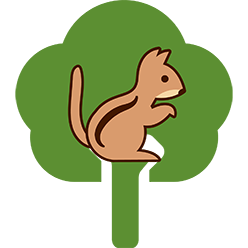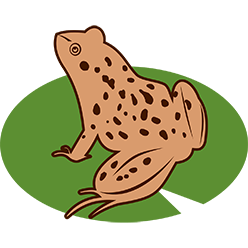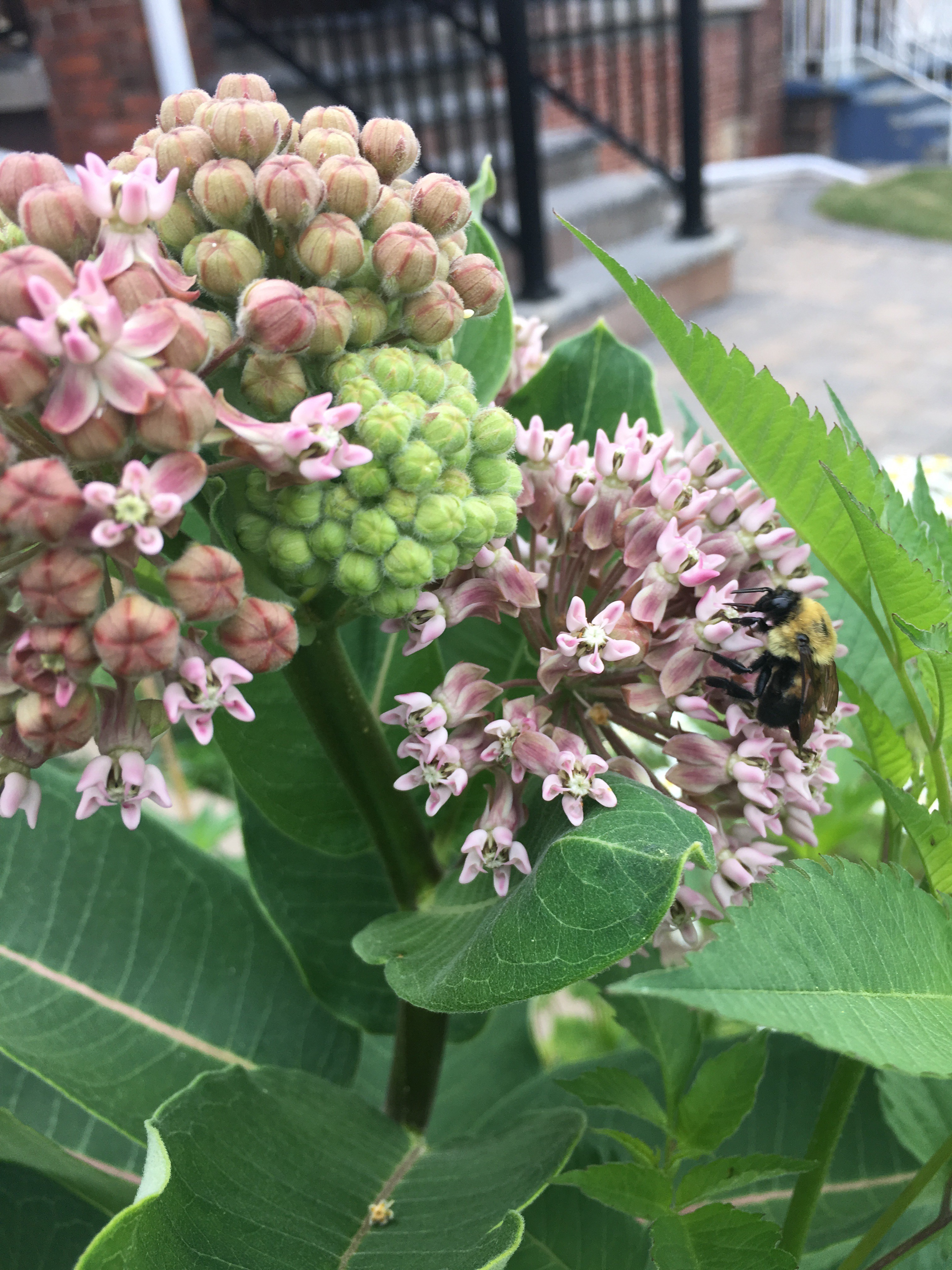What you plant matters! In the Zone helps people in the Carolinian Zone in southern Ontario to grow native plants and take part in restoring healthy ecosystems.
By joining In the Zone, you can help to reverse wildlife loss by adding native plants to backyards, farmlands, gardens and balconies. These plants provide food, nesting, and stopover and overwintering sites for pollinators like bees and butterflies, as well as birds, mammals and other species.
Join the In the Zone community to receive guidance and resources, participate in community science and become part of a larger solution to habitat loss.
Native plants are the gold standard for attracting pollinators, restoring wildlife habitat and building healthy landscapes that are resilient to climate change.
For In the Zone, “native” means that the plant species have evolved over thousands of years in the local environment and were here before European colonization transformed much of the landscape. Unlike plant species that were brought here more recently, native plants are adapted to local conditions and have deep relationships with other plants and wildlife that have long been in the area.
Growing gardens that help native species thrive.
In the Zone provides the tools needed for anyone to gradually transform outdoor spaces into healthy habitat for native wildlife. Free gardening resources: In-depth guides for creating a woodland, wildflower or water garden with Carolinian species. These guides were developed by experts on wildlife and gardening to help you cultivate habitat for warblers, frogs, owls, butterflies, bees and more. Track your impact: The In the Zone Tracker measures and tracks your journey, connecting your actions to a larger effort to restore habitat across the Carolinian. This community monitoring helps ecologists and conservation organizations better understand biodiversity and ecosystem health. Connect: A supportive community of people who are passionate about restoring nature awaits you. Join the In the Zone community and share in planting tips, photos, plant and seed exchanges and celebrating the successes we achieve together.What are native plants?
